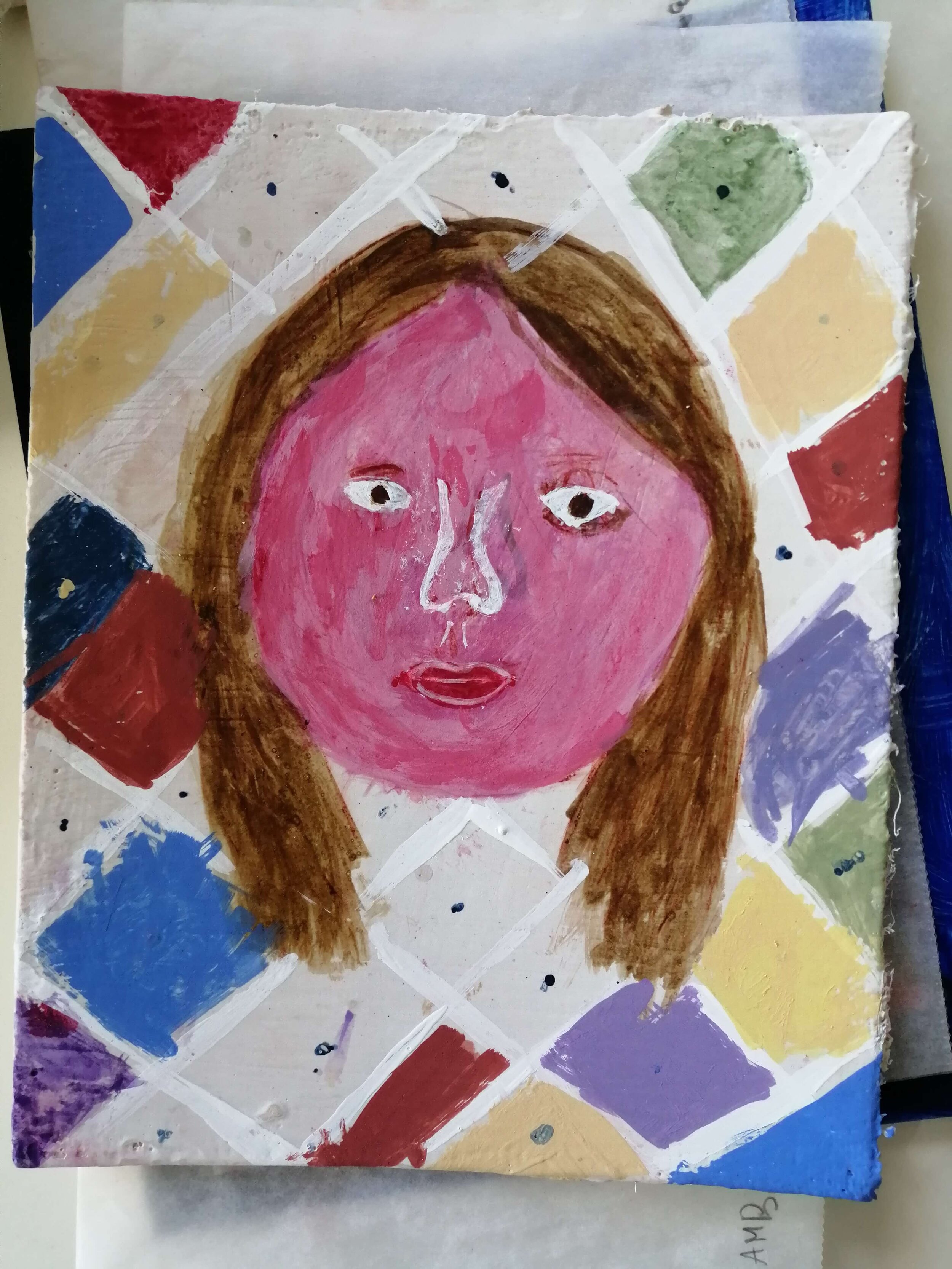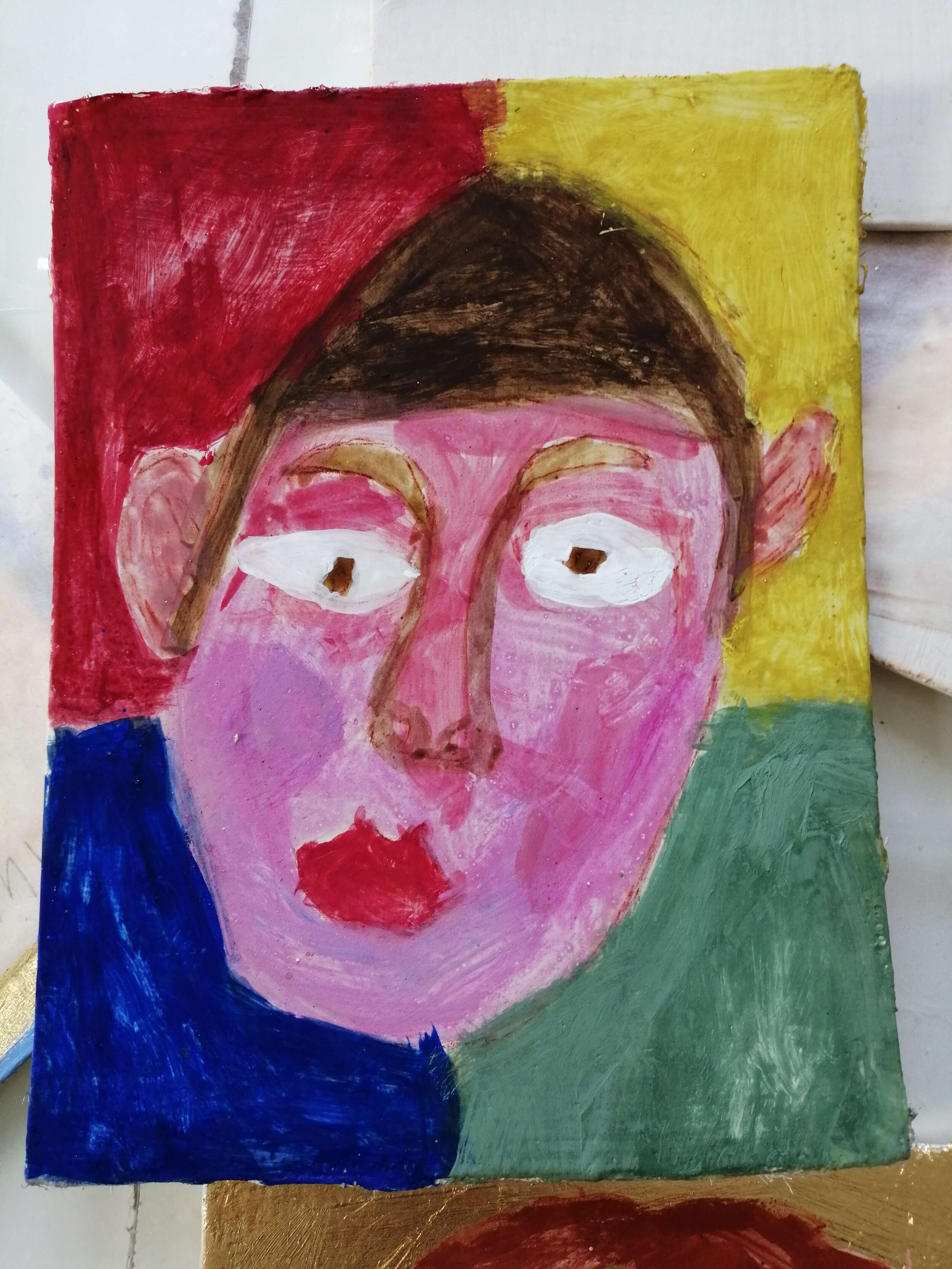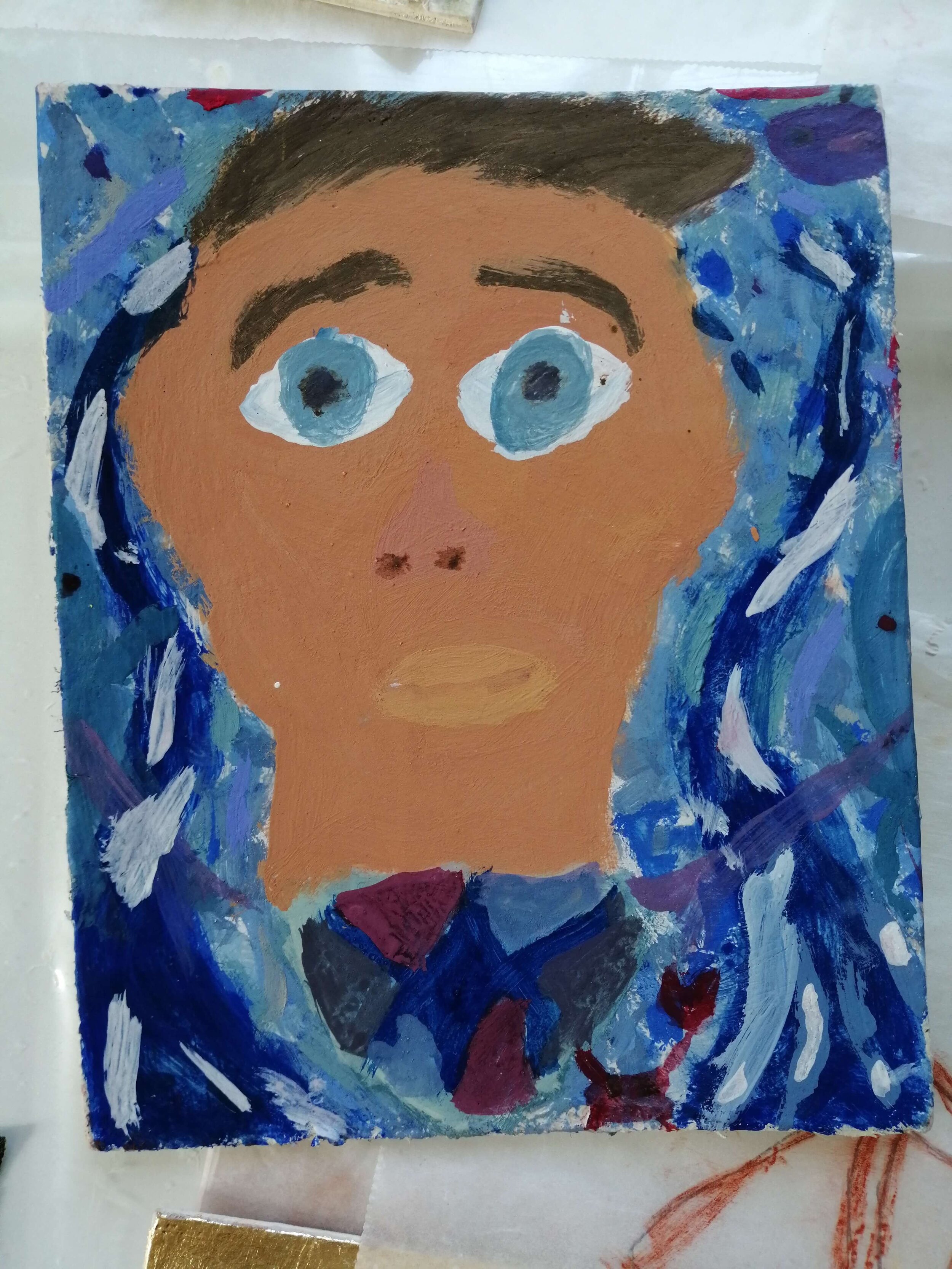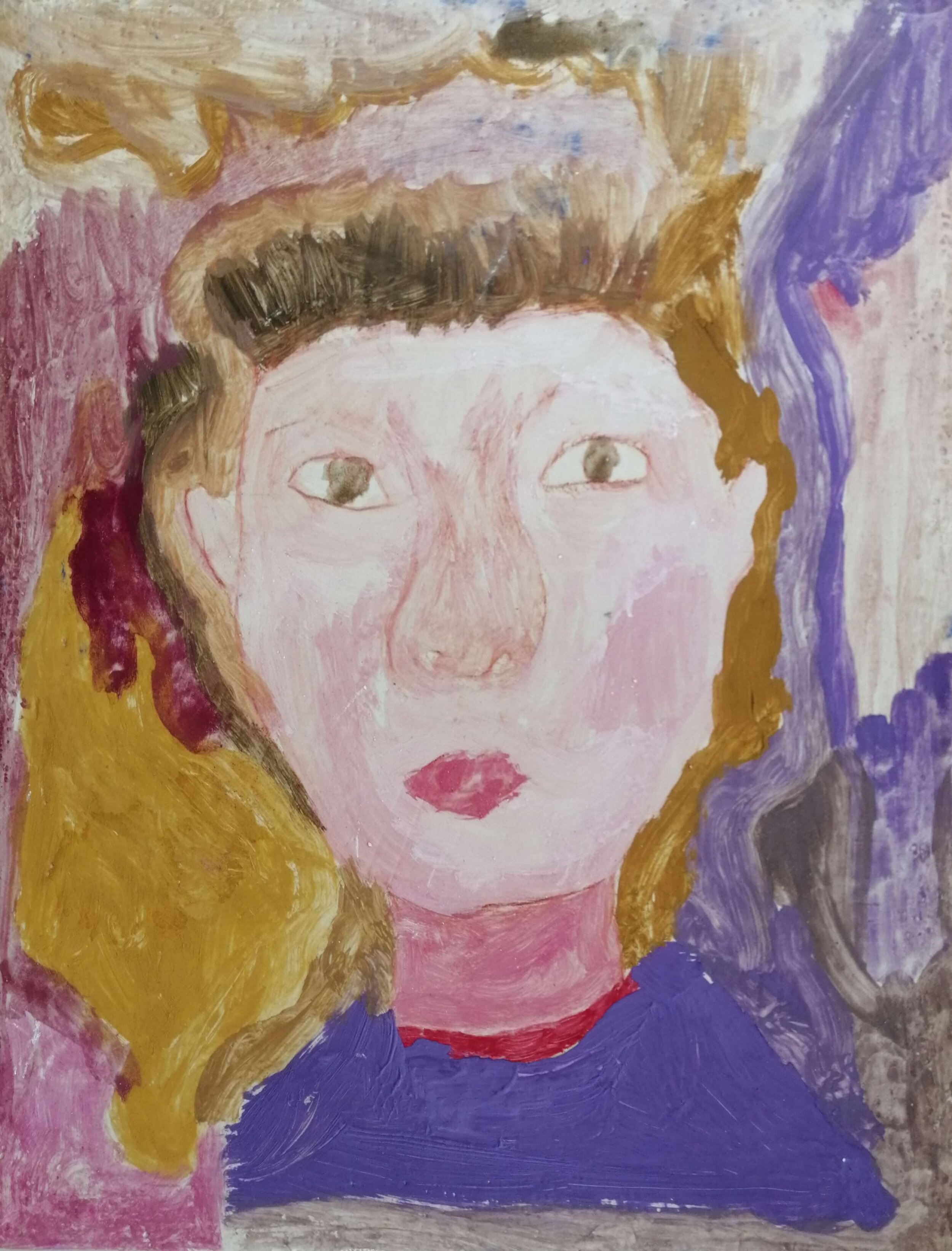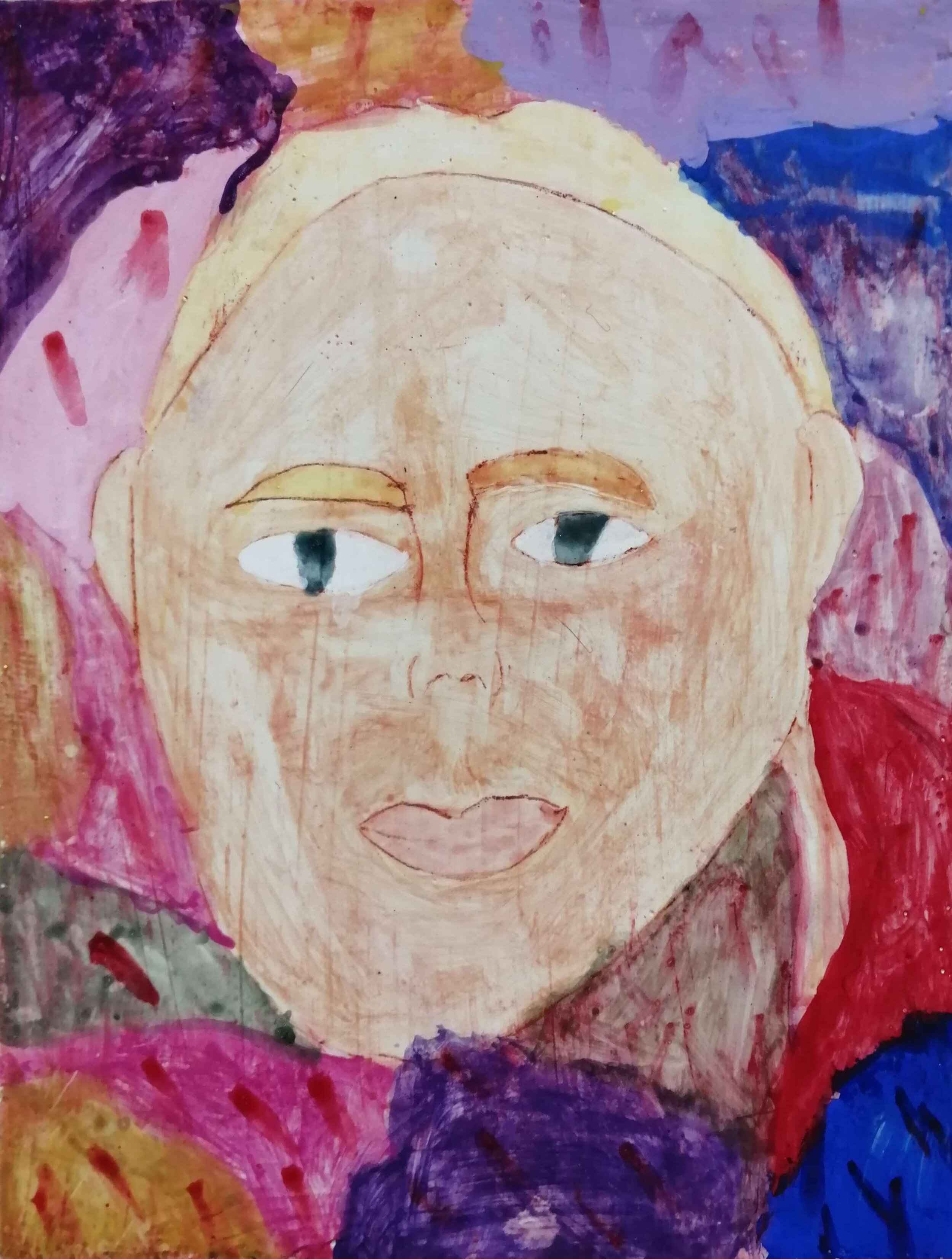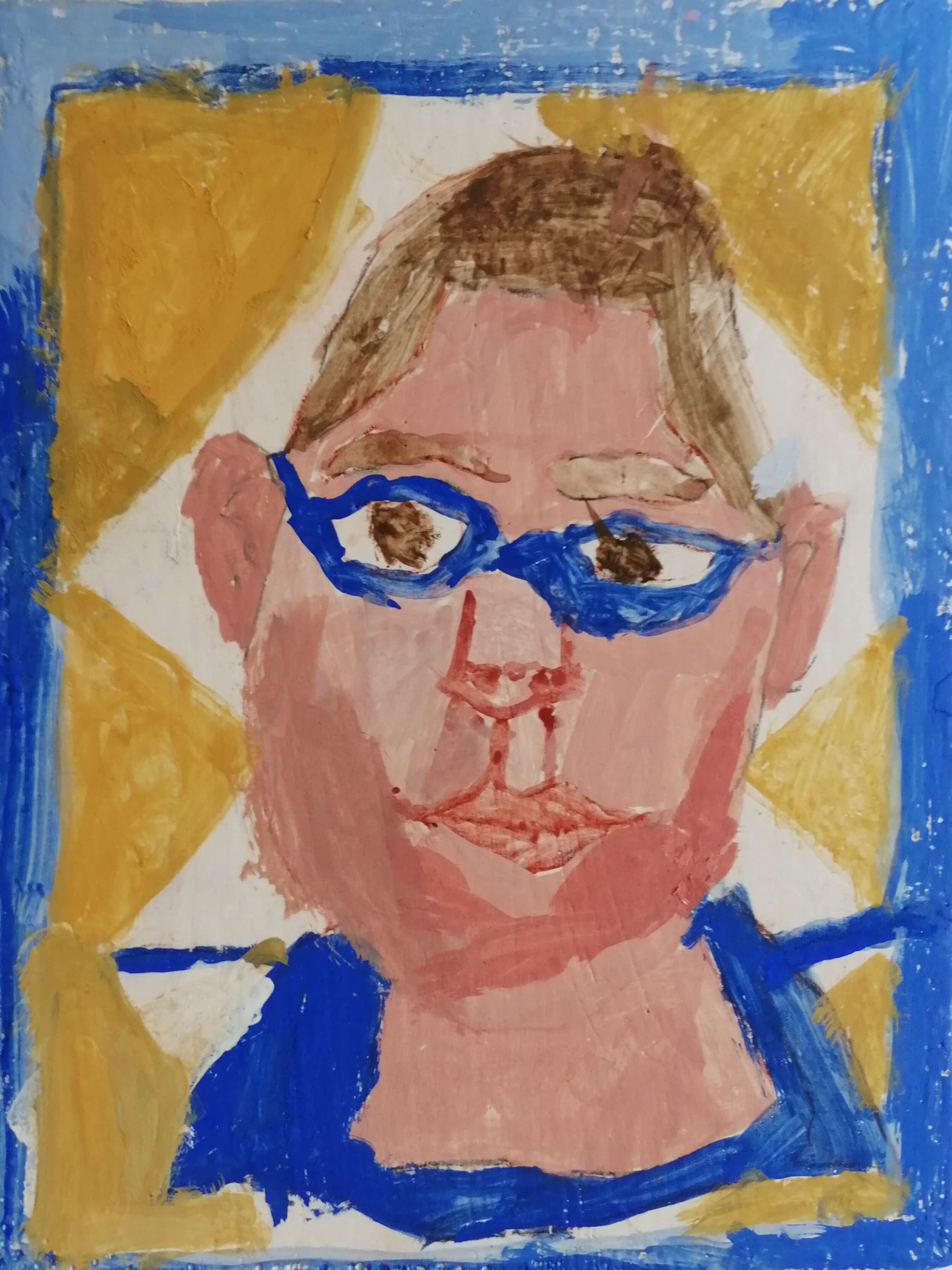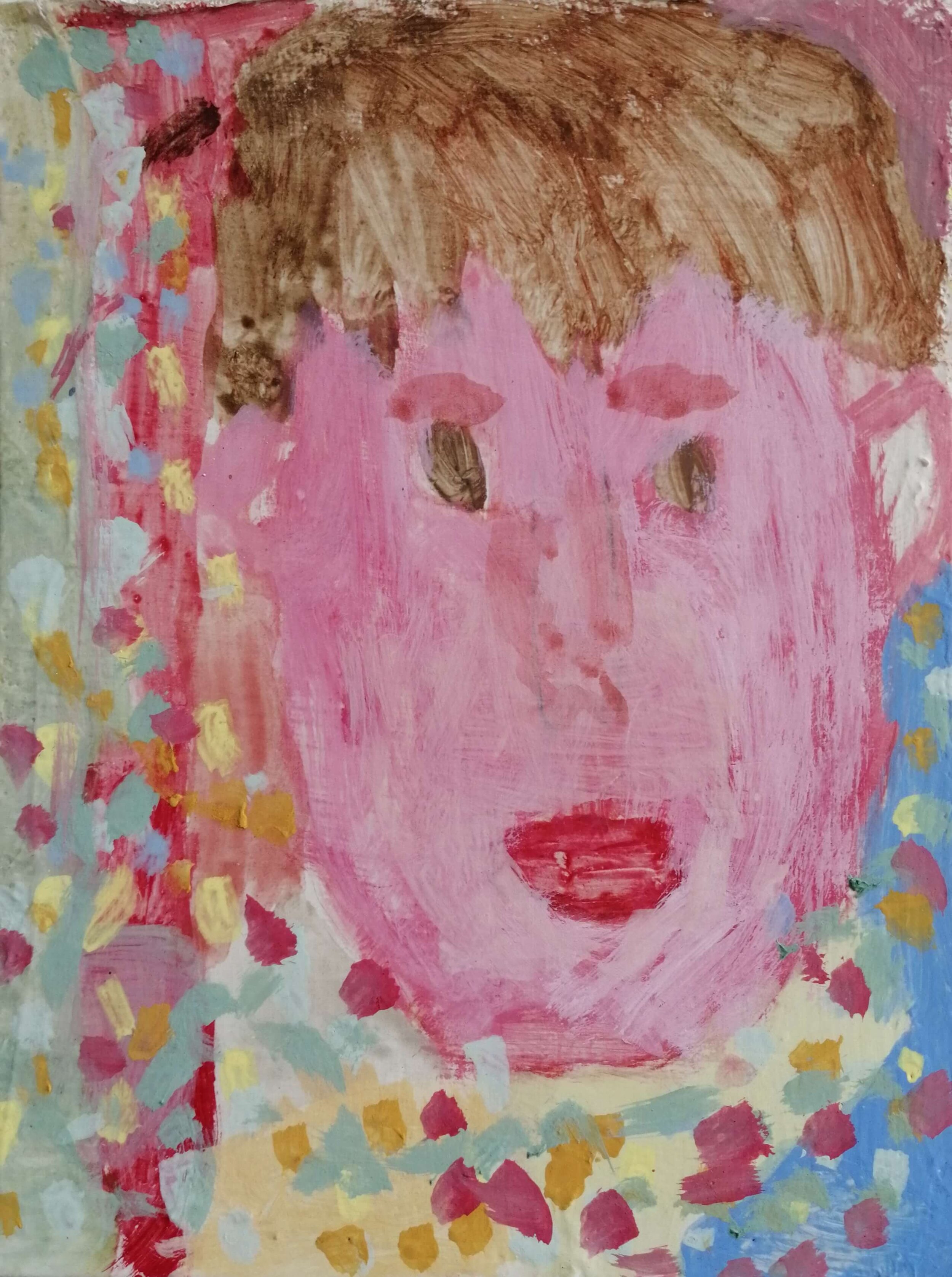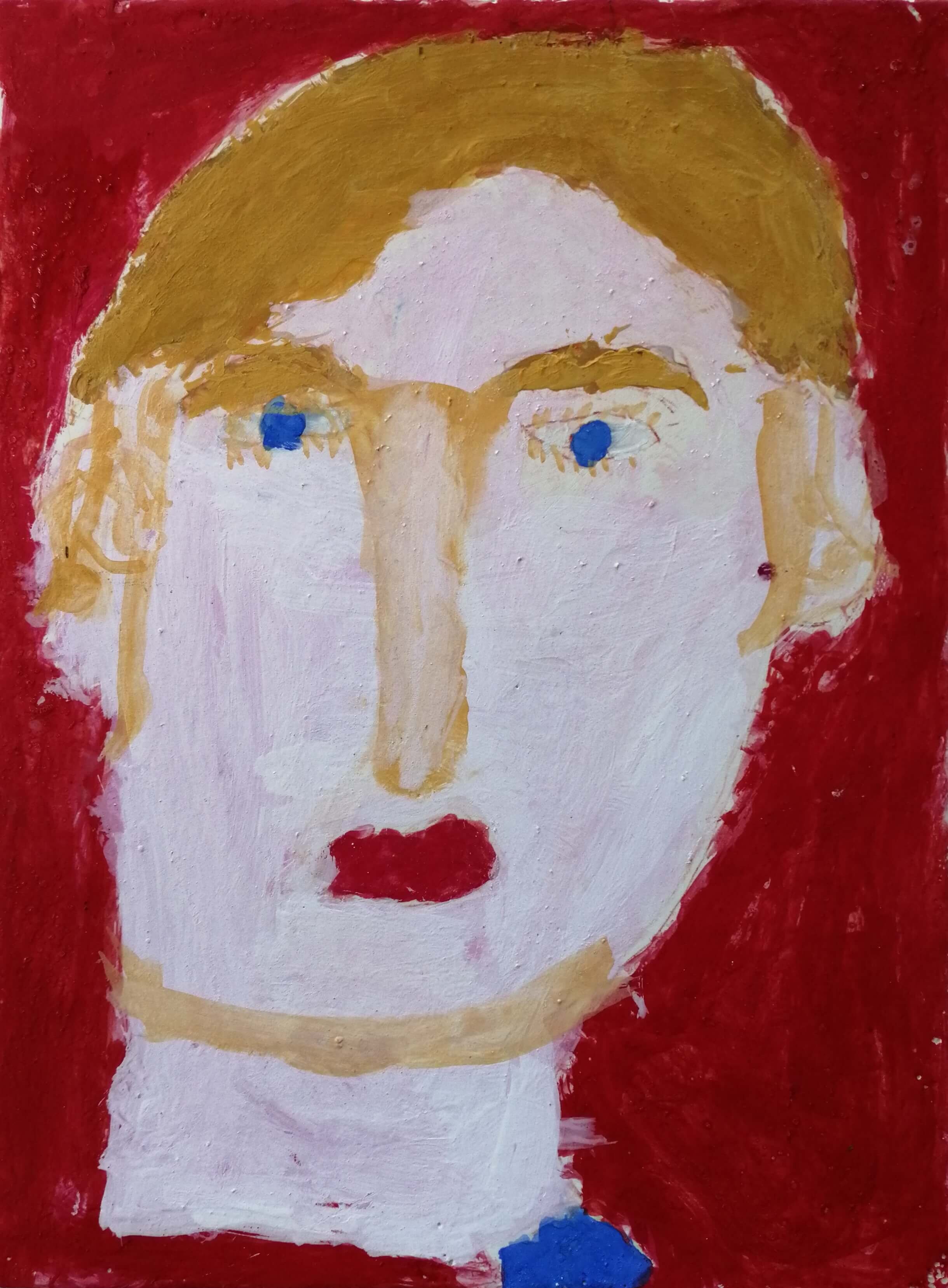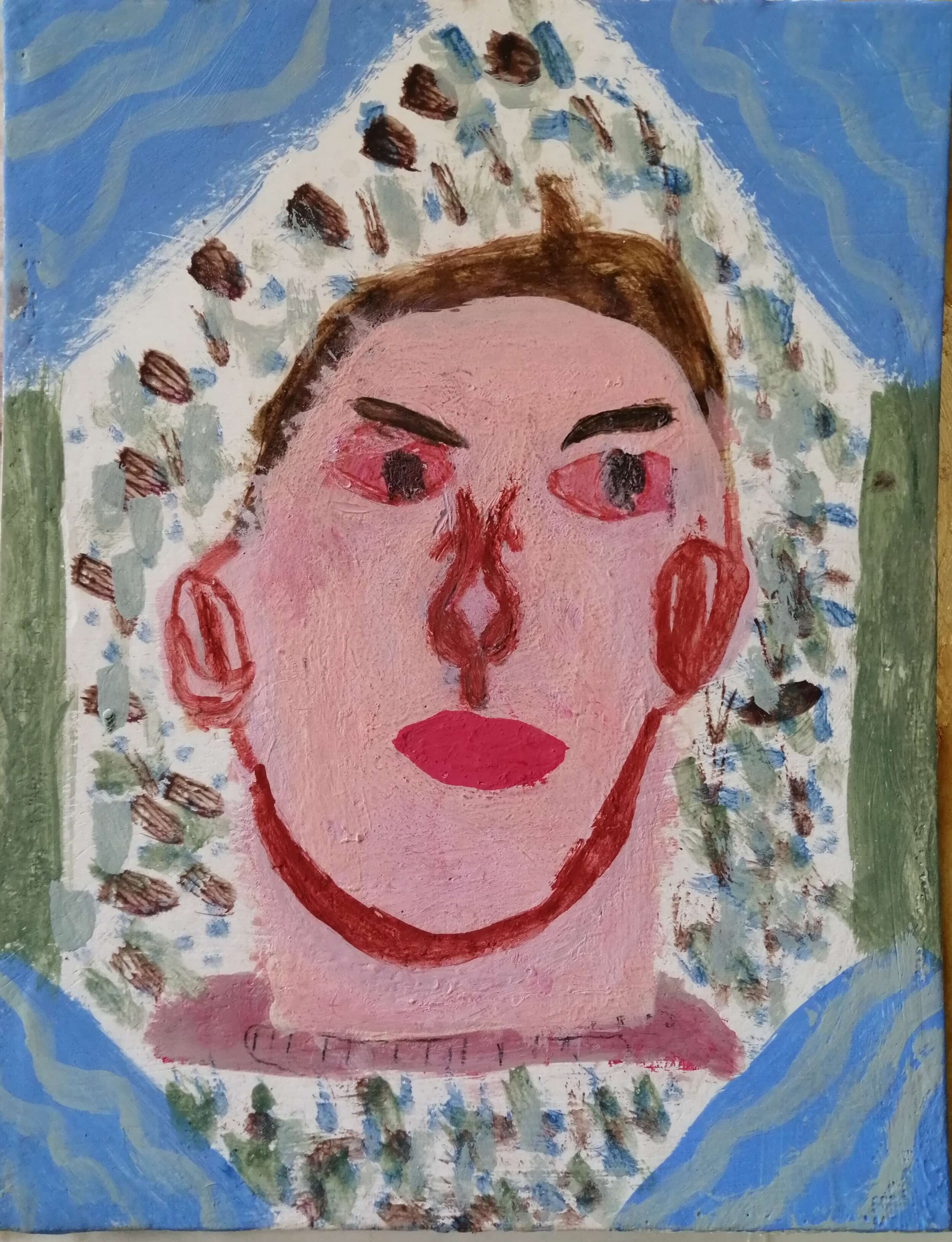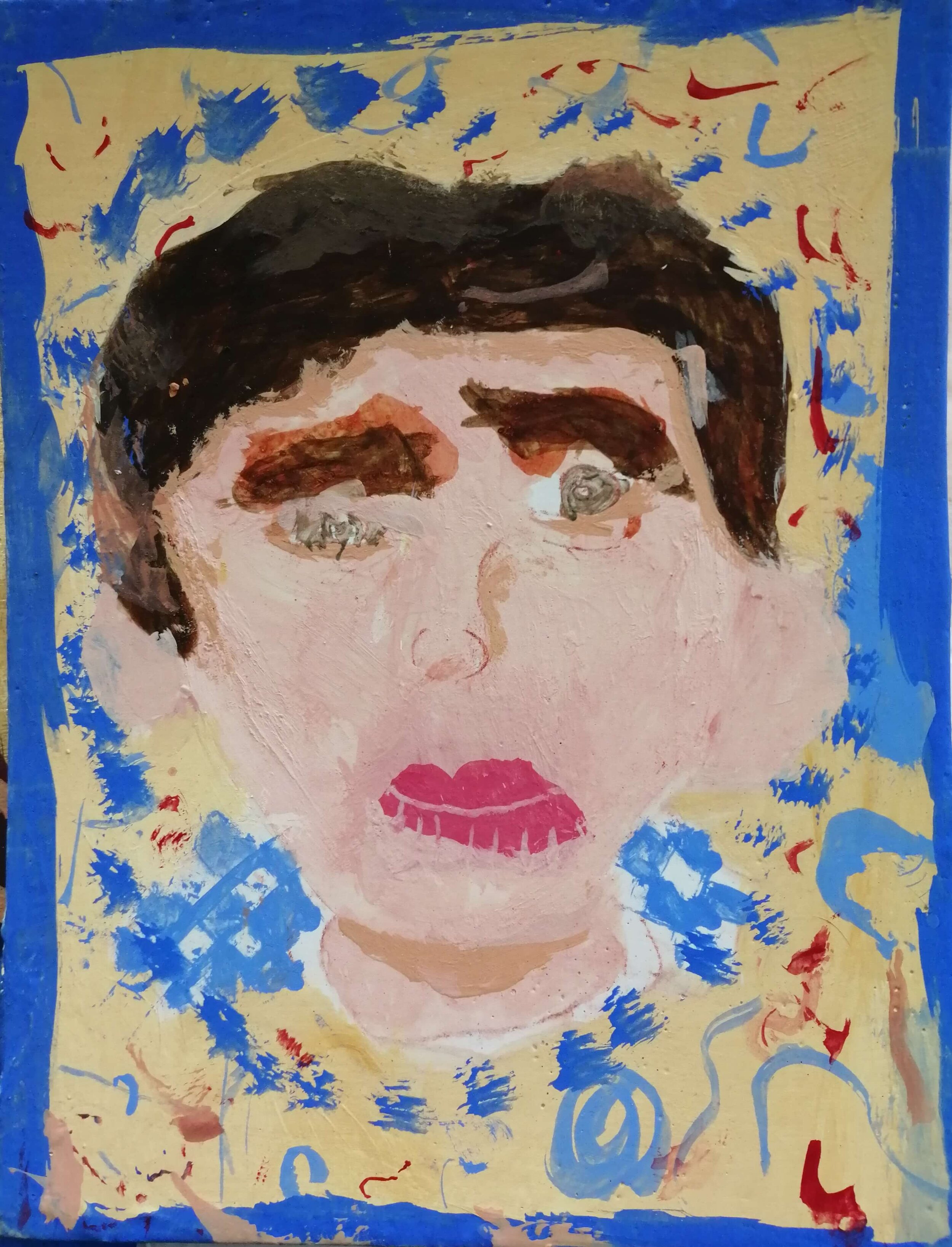From the Icon to the Face;
Meeting with the mystery of Beauty and the Identity of the Sign
By definition, the Icon is not a portrait, but a real, timeless image that figuratively expresses the relationship with the ineffable and is therefore the place where you go from visible to invisible ... What we believe to be of great value in the contemporary approach to the ancient icon is the possibility of an encounter with a beauty different from that of the aesthetic canon of our time, based almost entirely on exteriority. The attention to a stylized image, designed with a high aim of overcoming the visible and meeting with a deeper and not stereotyped feeling, we believe can open the observer to a more authentic contact with himself and start a creative process that does not aim at the expectation of consent, but that of observing and experimenting, through the application of simple rules, one's own feeling, thus developing knowledge on nature, history and artisan and artistic techniques and acquiring skills not only visual and manuals, but also of discovery and management of one's deepest emotions.



